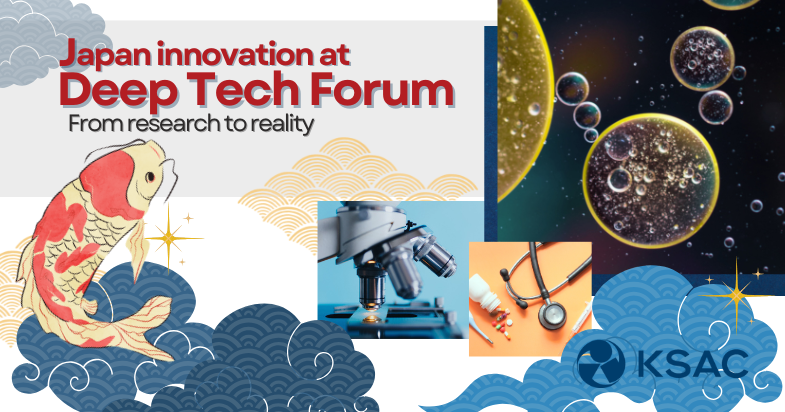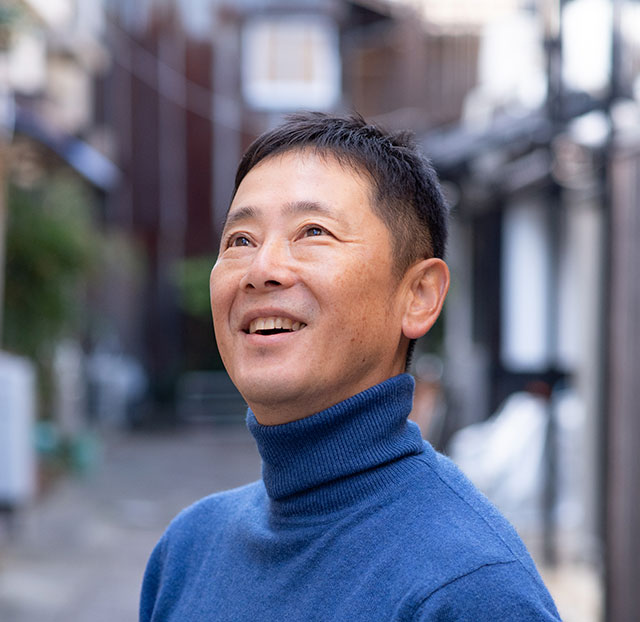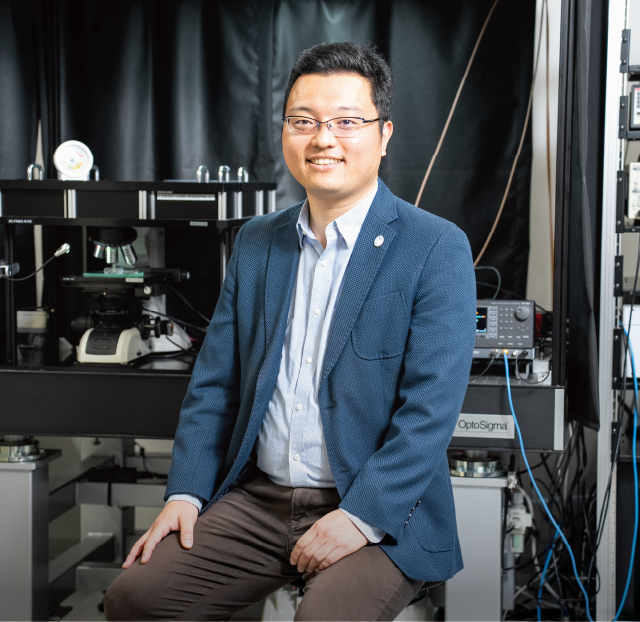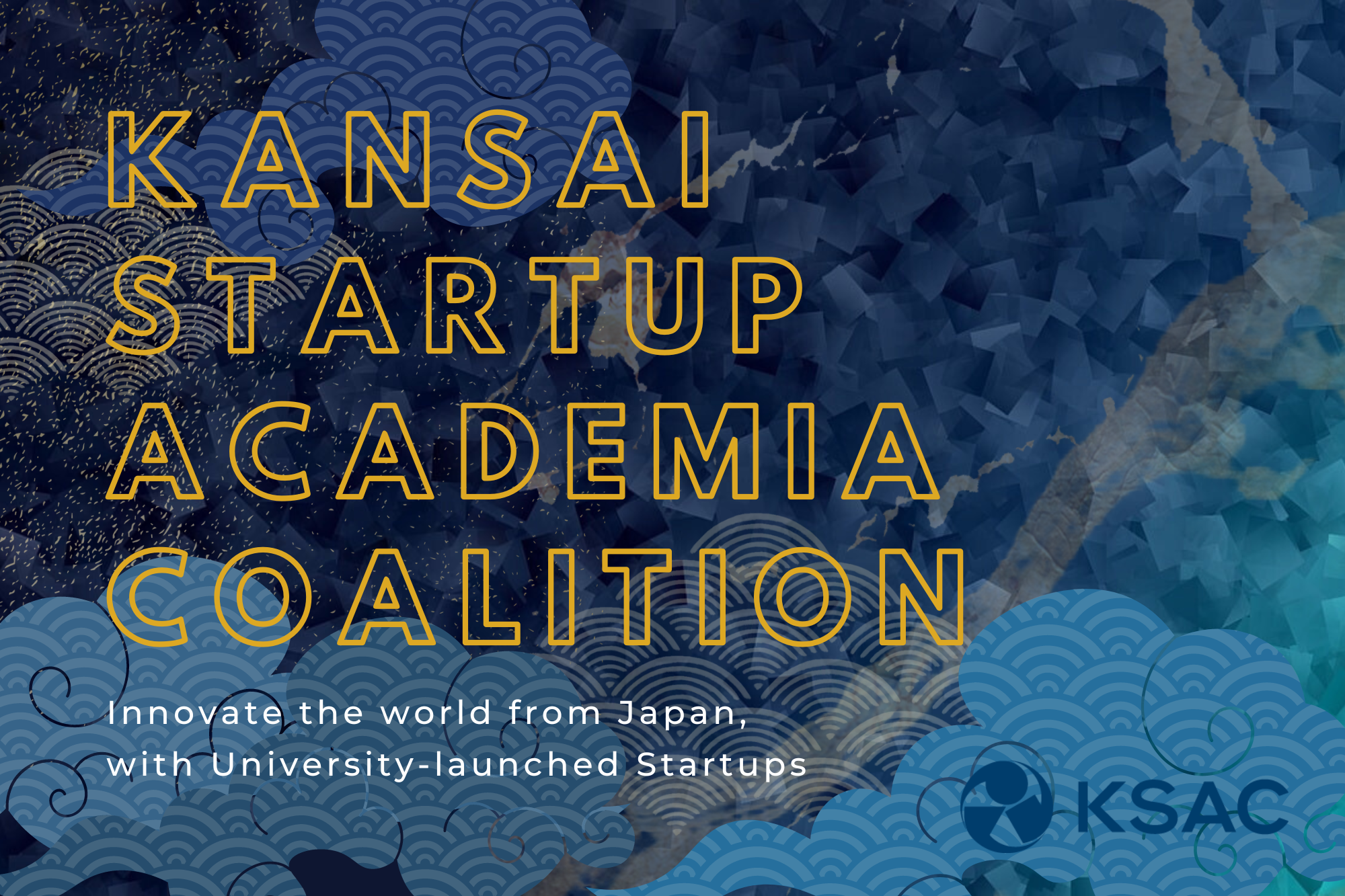
Discover groundbreaking research from Japan’s top university innovators as they prepare to launch global ventures.
These promising minds are ready to transform their work into impactful businesses, and they are looking for investors and collaborators to join their journey.
Be part of the next big thing in innovation—
join us at ”Deep Tech Forum Boston”
Date and time
February 13, 2025 10:00 AM – 12:00 PM/EST (Networking to follow)
Location
Boston,MA
Organizer
Monozukuri Ventures, a deep tech seed investor in North America and Japan, dedicated to supporting and scaling deeptech startups globally.
Support
KSAC
Researchers scheduled to participate in "Deep Tech Forum Boston"

We are an interdisciplinary team comprising of clinicians, neuroscientists, and engineers focusing on early intervention in dementia to enhance patient longevity and alleviate caregiver burden. With Maya-mind®, we are driving innovation for equity, expanding our reach for greater impact, and transforming dementia care on a global scale.
Maya-mind® is the first mobile-health app to define dementia subtypes empowering caregivers and clinicians with actionable insights. Confirmatory diagnostics (Nuclear imaging / Lumbar puncture) for dementias have always been resource-intensive. Maya-mind’s state-of-the-art AI implementation in elucidating behavioral symptoms allows for a highly accurate classification and risk estimation for neuropsychiatric diseases like dementia.
This project aims to provide a program that predicts the progression of Retinopathy of Prematurity (ROP), a pediatric blinding disease, using non-invasive, routinely collected vital data in neonatal intensive care units (NICUs), without relying on ophthalmological findings by specialists.
ROP, the target disease, is an eye disorder observed in premature infants, low birthweight newborns, and critically ill neonates, and it ranks as the leading cause of childhood blindness. While standard treatments, such as retinal photocoagulation or intravitreal injection of anti-VEGF agents, are well-established and can prevent retinal detachment, the severe shortage of pediatric ophthalmologists often leads to delayed diagnosis and inadequate medical care. By enabling early detection without the need for a physician's assessment, this project aims to reduce the incidence of visual impairment caused by ROP in premature infants.


Our research team proposes a "Thermal Management Business " that addresses increasingly severe thermal challenges through our proprietary high-precision thermal measurement technology and thermal management product development expertise. Specifically, our high-precision thermal measurement technology, capable of measuring heat at the nanoscale, visualizes heat spots and heat flow to identify customers' thermal issues.
Then, using thermal management products we developed with nanomaterials—such as heat dissipation sheets with exceptional heat dissipation performance and thin-film sheets within sulation properties—we solve customers' thermal challenges. Through this unique end-to-end thermal management business, encompassing "heat visualization" to "solution provision (thermal management product development)," we aim to realize an energy-efficient society and contribute to decarbonization.
More InformationThe first-line treatment for neovascular age-related macular degeneration (nAMD) is currently intravitreal injection of anti-vascular endothelial growth factor (VEGF) drugs, but prior to their advent, photodynamic therapy (PDT) with Visudyne, a liposomal formulation of verteporfin (VP), was intravenously injected. Compared with anti-VEGF drug treatment, PDT is less invasive in terms of the route of administration and is less likely to develop treatment resistance. However, laser irradiation requires a high level of skill, and there is a risk of photodamage to the normal retina. This is due to the insufficient specificity of VP delivery to the lesion sites in nAMD. In this study, we successfully developed a second-generation PDT drug that not only solves the above problems, but also exhibits a therapeutic effect without irradiation with engineered high-density lipoprotein nanoparticles as a VP carrier.


KSAC is a platform for the creation of a world-class startup ecosystem by expanding the base of entrepreneurs in the Kansai region and by continuously creating university-launched startups, with the participation of more than 80 institutions, including universities, industry, finance, and local governments in the Kansai region.
 Click here
Click here